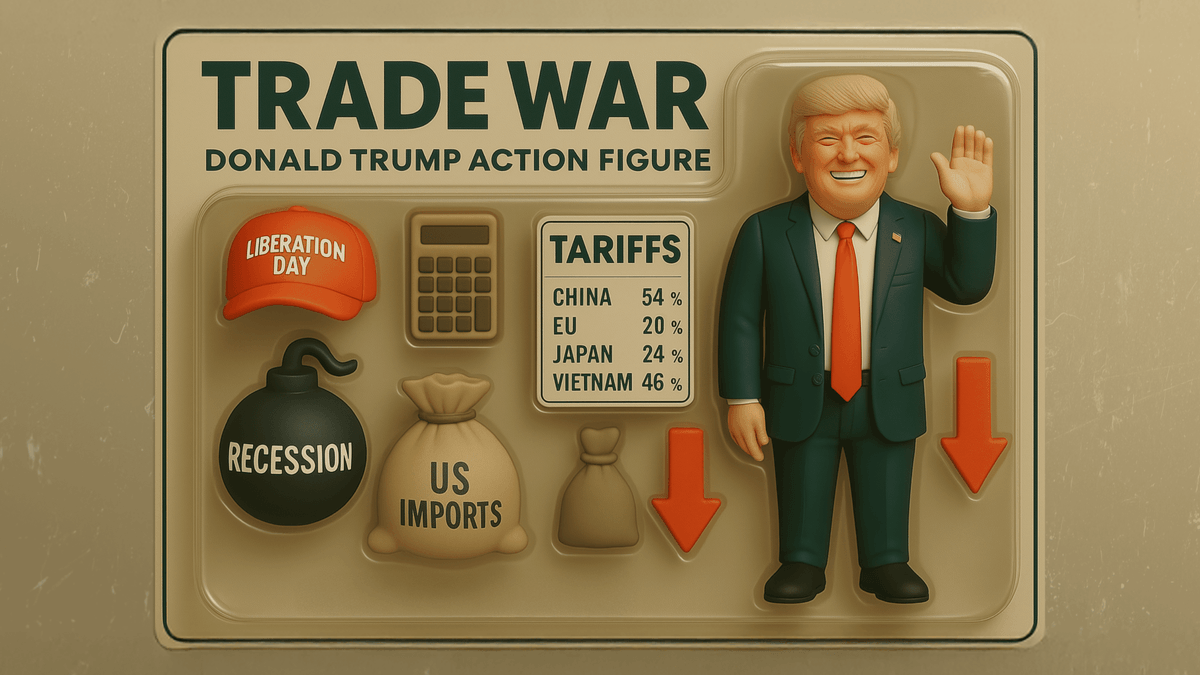
Imobiliário Surreal: O Êxodo Iminente

Para onde o mercado imobiliário está indo após a pandemia?
Antes da pandemia, ouvimos que os preços dos imóveis estão muito altos, a moradia é inacessível para a classe média, as grandes metrópoles estão superlotadas,... A crise atual aparentemente nos livrará de todos esses problemas. Mas qual será o preço a pagar?
A regra de distanciamento social já traz mudanças significativas nos setores de alimentação e hotelaria. A maioria dos restaurantes, bares e clubes opera com um modelo de alto volume e baixa margem e está enfrentando a extinção nas restrições atuais impostas pela crise do coronavírus. Os dados iniciais da Itália mostram que, após a reabertura, mais de 25% das empresas que operam no setor de alimentação e hotelaria podem nunca mais abrir. Para aquelas que permanecem no negócio, a taxa de inadimplência observada pode atingir o pico nos próximos 12 meses.
O aumento massivo do comércio online é uma ameaça séria para o mercado imobiliário comercial. O trabalho remoto diminui a pressão sobre a infraestrutura e deve reduzir as taxas de ocupação em escritórios.
A primeira tendência forte no setor imobiliário é uma redução massiva nos preços dos imóveis comerciais. Além disso, alguns dos imóveis comerciais podem perder totalmente o valor e serem transformados em moradias, onde possível.
A segunda tendência forte é uma queda significativa nos preços dos imóveis residenciais. Espera-se que a queda seja maior nas metrópoles, onde veremos um êxodo para áreas menos aglomeradas. De fato, quando você é um desenvolvedor full-stack, é mais confortável morar e trabalhar em Boise, Idaho, do que na área de São Francisco. Se você é um designer web, é muito mais barato e inspirador morar em San Luca, no sul da Itália, do que em um subúrbio de Frankfurt.
Uma pequena tendência crescente pode ocorrer em alguns nichos de mercado que
incluem propriedades industriais e casas no campo.
Outro fator que impacta o preço dos imóveis é um aumento previsível nas
taxas de hipoteca. Apesar da redução das taxas de juros em geral, o aumento
do desemprego e a contração massiva do PIB impulsionam as taxas de
hipoteca para níveis mais altos, colocando assim pressão adicional sobre os
imóveis residenciais.
A pandemia pode remodelar a paisagem do mercado imobiliário de forma
brutal. A contração do mercado depende do tamanho do êxodo e da capacidade
da economia de absorver um choque tão grande.
Então desci para livrá-los da mão dos egípcios e para tirá-los dessa terra e levá-los a uma terra boa e espaçosa, uma terra que mana leite e mel.
Êxodo 3:8
Visão geral do mercado

O índice Dow Jones US REIT reflete o desempenho de fundos de investimento imobiliário (REITs) com sede nos EUA e outras empresas que investem diretamente ou indiretamente em imóveis. Desde o início do ano, este índice caiu 21%, tendo um desempenho inferior ao Dow Jones, que perdeu apenas 14%. Enquanto o índice de ações mostra sinais de recuperação, o índice REIT permaneceu agrupado em torno do mesmo nível após a recuperação de abril. Ele fornece um sinal forte sobre a situação previsível do mercado imobiliário.
O imóvel residencial continuou a gerar receita desde o início da pandemia,
mas o mercado espera uma correção significativa nos preços dos imóveis. O
outro lado da moeda é que o imóvel comercial pode permanecer indefinidamente
em limbo, com arrecadação de aluguéis insignificante e sem transações.
Foco:
REITs

A evolução dos preços dos REITs fornece um retrato preciso da deslocação esperada no mercado imobiliário.
Simon Property Group (NYSE: SPG), o maior REIT dos EUA em propriedade comercial, perdeu mais de 60% de sua capitalização em meio à pandemia. Isso sublinha a situação altamente angustiante das propriedades comerciais - Avalonbay Communities (NYSE: AVB) e Equity Residential (NYSE: EQR), REITs que investem em propriedades residenciais, caíram mais de 25% desde o início do ano.
Foco:
Hotéis

As ações das principais cadeias hoteleiras tiveram um desempenho inferior
aos índices de ações. Wyndham Worldwide, Choice Hotels e Marriott
International caíram mais do que o S&P 500 e se recuperaram menos. Desde
o início do ano, o S&P 500 perdeu cerca de 9,5%, enquanto Wyndham e
Marriott perderam mais de 40% de suas capitalizações. A Choice Hotels
anunciou uma estratégia de conversão de marca e, consequentemente, teve
uma contração de preços mais suave de 24%. As perspectivas do setor
hotelero não são brilhantes, e o baixo número de turistas no início do
verão pode trazer novas correções.
Perspectiva de mercado
Como esperado, a onça de ouro e o petróleo Brent continuaram suas progressões. Na próxima semana, podemos testemunhar uma estagnação dos preços das commodities, mas, a longo prazo, a tendência deve permanecer positiva. O príncipe do Bitcoin oscilou em torno do nível de US$ 9.000 e perdeu seu ímpeto do início de maio. Embora a perspectiva ainda seja positiva para o Bitcoin, o momento é incerto.





Aviso Legal Geral
Este conteúdo é apenas para fins informativos e não constitui aconselhamento financeiro ou recomendação de compra ou venda. Os investimentos envolvem riscos, incluindo a possível perda de capital. O desempenho passado não é indicativo de resultados futuros. Antes de tomar decisões de investimento, considere seus objetivos financeiros ou consulte um consultor financeiro qualificado.
Você achou isso informativo?
Não
Mais ou menos
Bom




%2FfPNTehGpuD8BdwDeEEbTF2.png&w=1200&q=100)
%2FgRTFfWwPmcWyE8PFfywB82.png&w=1200&q=100)

%2FAD2MfhoJXohkTgrZ5YjADV.png&w=1200&q=100)

%2FjjqkumDfGjhNxroL253Hc4.png&w=1200&q=100)

